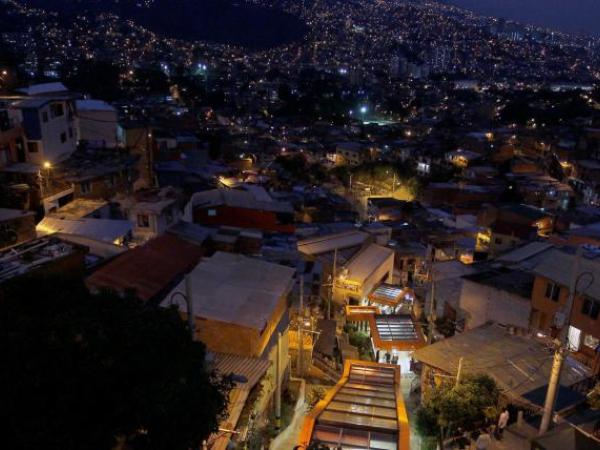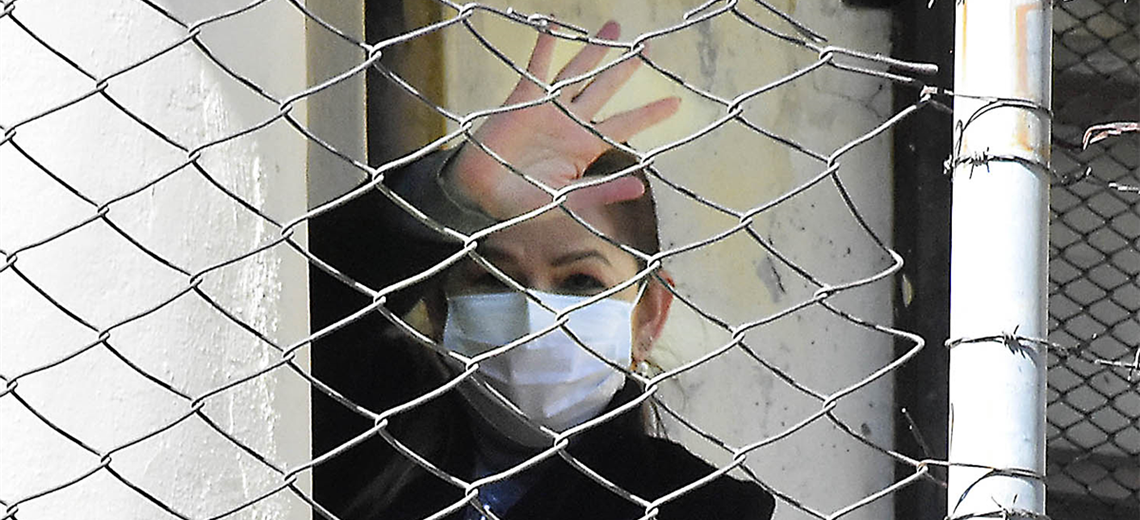Franco-Colombian scientist Carlos Moreno ipromotes the proposal of ‘city of 15 minutes’. It did so during the Smart City Expo Latam Congress 2022, an event that took place during the week of June 6 to 12, in the city of Mérida, in southeastern Mexico.
The idea with his proposal is to find a better life quality for the inhabitants of Latin America.
(See: Latin America only invests 0.56% in research and development).
“The 15-minute cities are a concept that seeks to reduce travel distances in order to be close to business services that generate jobs, health, culture and education, with more public spaces, more water and less air pollution.”, he explained to the agency EFE associate professor at the University of Paris IAE-Pantheon Sorbonne.
The academic, originally from Tunja (Colombia), considers that some cities in Latin America have been developed without planning, “in particular with very strong growth“.
“Latin America is the most urbanized continent in the world, 80% of the population lives in cities, but half may be informal, lacking basic services, which is why a change in the mentality of those who govern is needed”, he exposes.
The scientist, who has lived in France for 43 years, still considers it incredible that there are neighborhoods in Latin America where people are late two hours to get to the doctor, have to go far away to work or do some cultural activity.
“We are wasting resources that can be used to provide citizens with a better quality of life“, the Mint.
(See: Two decades of growth and with potential to improve).
“Distance in Latin America is a vice, we have to turn proximity into a virtue”, adds the professor.
Moreno recognizes that in Latin America and other parts of the world there are new perspectives with this concept of 15-minute cities that are promoted thanks to associations of mayors, such as the C40, which is a network of climate officials.
“The mayor of Buenos Aires (Argentina), Horacio Rodríguez Larreta, is vice-president of the C40, and his counterpart from Paris, Anne Hidalgo, are very engaged. Buenos Aires, with its magnitude as a very metropolitan city, is developing work to convert it into a city of proximities, as we suggest”, he thinks.
The French professor asks Latin Americans for patience because “this concept of 15-minute cities is not a magic ball“. And he admits that cities do not go change in a few weeks “70 years of fractured, segmented, and segregated urbanism”.
“We have to build a new project, it must be a journey towards happy neighborhoods, reducing distances by opening new paths, but we need committed mayors and communities that take ownership of this concept“, he asserts.
(See: Water, the next great challenge in Latin America).
In evaluating Latin America, Moreno indicates that many cities have grown uncontrollably “without urban planning, perhaps with some exceptions, such as Medellin, Colombia.”
“Medellín is an exemplary city, because, emerging from the violence of the drug trafficker mafia of the 1980s, it built a compact city urban planning village of mobility and cultural, scientific and community infrastructure“, Explain.
Corruption and lack of transparency These are other difficulties that Latin America suffers, he points out.
About the capital of Mexico, he says that it is a city of 35 million inhabitants that continues to grow and needs to humanize the neighborhoods.
Mexico City streets.
“In Latin America everyone has the time, because they have a watch on their wrist, but no one has time to live and that has to be transformed, because many times we are losing life to win it”, he warns.
(See: Why the world needs national development banks).
“Latin America still breathes suffering and pain because dialogue does not exist, there is verbal violence, insult and insult and this is the time for dialogue to get ahead and look for clues to transform our cities”, he concludes.
EFE








